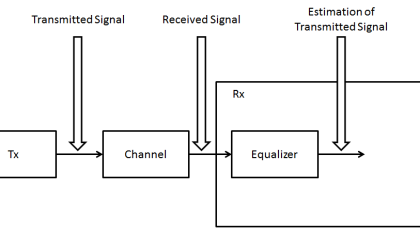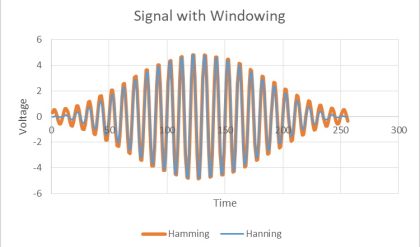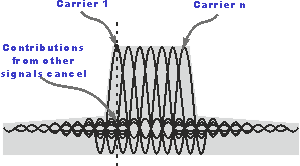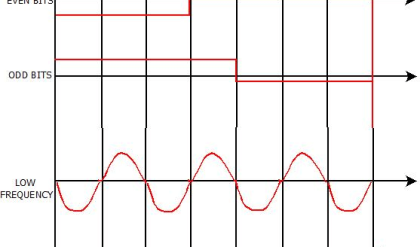Doppler spread Bd is a measure of spectral broadening caused by the time rate of change of the mobile radio channel and is defined as the range of frequencies over which the received Doppler spectrum is essentially nonzero. When the bandwidth of the transmitted signal is much larger than the Doppler spread, the effects of the Doppler spread are negligible at the receiver.
Coherence time Tc is a statistical measure of the time duration over which the channel impulse response essentially remains unchanged (i.e., highly correlated). If the time interval between the signal transmissions is much greater than the coherence time, the channel will likely affect the two signal transmissions differently; otherwise, they will be affected similarly. The Doppler spread is inversely proportional to the coherence time, and we thus have the following:

Doppler spread and coherence time are parameters that describe the frequency-dispersion nature of the mobile channel, and their values with respect to the transmitted signal bandwidth Bs and the symbol duration (period) Ts can help determine if the channel is experiencing fast fading or slow fading.
The coherence time Tc is fundamentally interpreted as the order-of-magnitude duration of a fade at a given frequency. The Doppler shift and Doppler spread are both linear functions of the signal frequency. The variation of Doppler spread with frequency is important when the operating frequency bands are different. For instance, a system operating at 2 GHz has a Doppler spread twice that of a 1 GHz system, and thus resulting in a coherence time half as large. This gives rise to fading faster, with shorter fade duration, and channel measurements that become outdated twice as fast.
Number of subcarriers
Once the subcarrier spacing has been selected based on environment, expected Doppler spread and time dispersion, etc., the number of subcarriers can be determined based on the amount of spectrum available and the acceptable out-of-band emissions.
The basic bandwidth of an OFDM signal equals Nc · Δf, that is, the number of subcarriers multiplied by the subcarrier spacing. However, as can be seen in Figure 3.16, the spectrum of a basic OFDM signal falls off very slowly outside the basic OFDM bandwidth and especially much slower than for a WCDMA signal. The reason for the large out-of-band emission of a basic OFDM signal is the use of rectangular pulse shaping (Figure 3.1), leading to per-subcarrier side lobes that fall off relatively slowly. However, in practice, straightforward filtering or time-domain windowing [18] will be used to suppress a main part of the OFDM out-of-band emissions. In practice, typically of the order of 10% guard-band is needed for an OFDM signal implying, as an example, that in a spectrum allocation of 5 MHz, the basic OFDM bandwidth Nc · Δf could be of the order of 4.5 MHz. Assuming, for example, a subcarrier spacing of 15 kHz as selected for LTE, this corresponds to approximately 300 subcarriers in 5 MHz.






